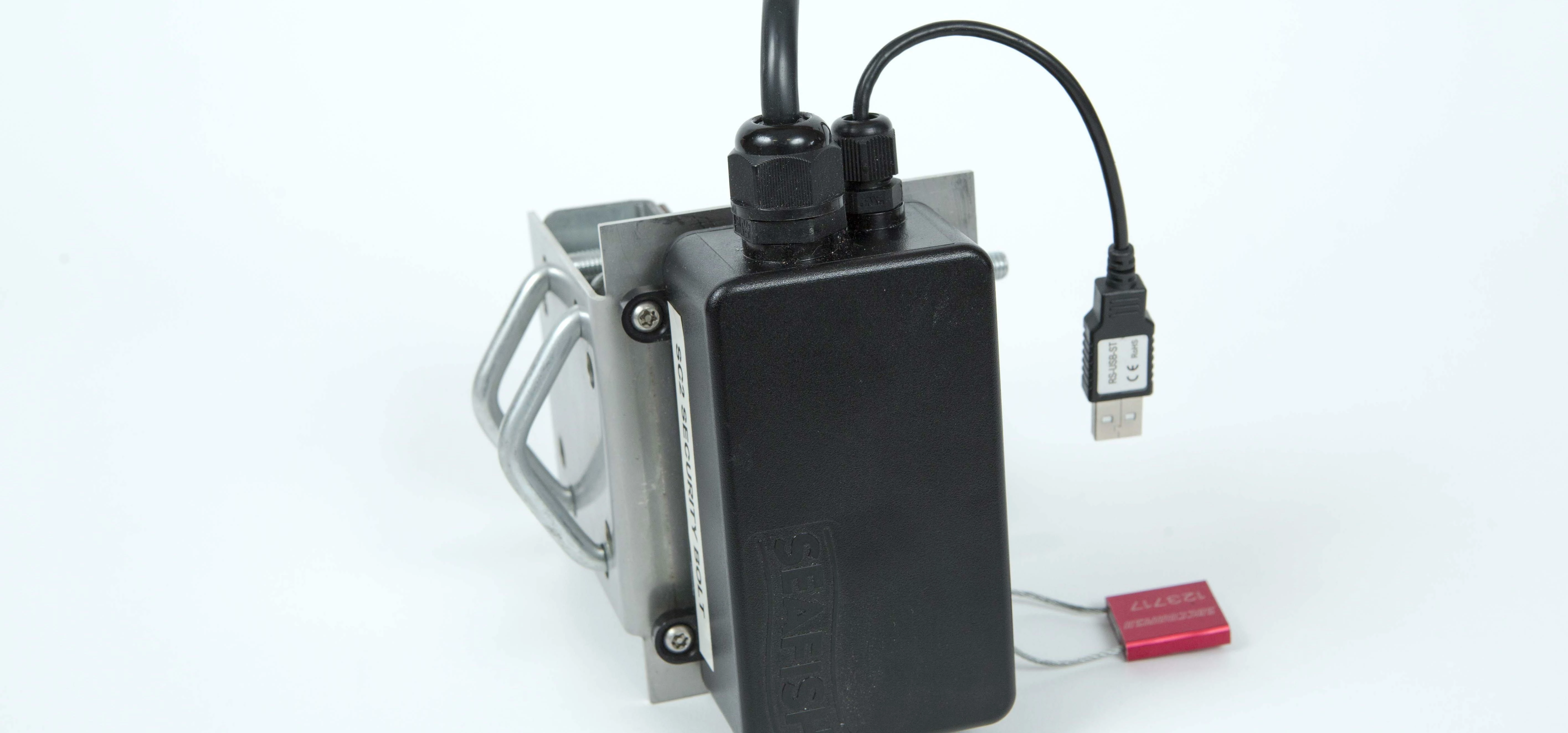
Partner Article
SuccorfishM2M Data Communication Technology Aiding Global Marine Conservation
The use of innovative, next generation, asset tracking and communication technology to aid the collection of valuable scientific data is becoming an integral resource to many conservationists worldwide.
A successful relationship between the two industries continues to reap benefits and a good example of this collaborative success was a groundbreaking, multi-tiered, inshore fisheries programme that adopted intelligent SuccorfishM2M SC2-iVMS hardware, software and data communication technology.
The UK-based project was delivered in partnership with the Marine Management Organisation (MMO), Devon & Severn and Southern Inshore Fisheries & Conservation Authorities (IFCA’s), and was implemented by fishermen from SWIFA (South West Inshore Fishermen’s Association).
Its aim was to evaluate the implementation of a low cost, vessel monitoring system (VMS) to act as a highly effective management and enforcement tool to allow controlled fishing access to marine protected areas (MPA’s) whilst protecting sensitive marine habitats. The SuccorfishM2M SC2-iVMS system was installed onto inshore fishing vessels with significant results:
* It permitted local fishermen to significantly improve fishing activity by opening up previously ‘closed’ waters and fish to within two metres of MPA’s (its use could also result in reduced gear conflict and static gear losses through improved knowledge of where towed gear vessels could/could not operate).
* It allowed fishermen to log, store and submit accurate, up-to-date vessel location and mapping data required under strict EU requirement (the commercial catching sector would benefit from reduced breaches of legislation as those complying with the iVMS requirements would not be disadvantaged by the actions of non-complaint vessels).
* It provided marine authorities with the ability to collate accurate and highly valuable, locational, route mapping and activity log data from each individual vessel, allowing for effective and proactive marine management.
* It offered wider potential benefits for inshore fisheries management, conservation and scientific knowledge through access to detailed, real time, positional data (remote sensing technology also has the potential to allow fishing vessels to gather additional environmental data such as water temperature).
* It allowed greater access to commercially important fishing areas where opportunities occur rather than implementing blanket closures.
* It was effective in protecting marine habitats and reduced the effects of displacement of fishing activity (conservation interests could be enhanced as access within designated sites can occur without disturbance of sensitive habitat features).
Tom Rossiter, Head of Marine at SuccorfishM2M, commented, “In essence, advanced SuccorfishM2M data communication technology brought together three parties – conservationists, marine authorities and fishermen - and provided an all encompassing solution to an industry problem. By incorporating our fit-for-purpose vessel monitoring systems, we can effectively take this solution to other inshore fisheries projects worldwide.
“Marine authorities were able to effectively track vessel movement in real time and to within two metres which led to conservationists being able to monitor and protect vast areas of water from damage or overfishing. This supported a sustainable fishing policy whilst controlling fishing grounds from illegal practices.”
This project was extended and developed further by the Blue Marine Foundation as part of a study on local habitat and whether the use of next generation technology could be applied in line with industry.
Footage from the project can be seen at https://www.youtube.com/watch?v=xwsJWiaFzI8 or for more details go to www.succorfish.com
ENDS
This was posted in Bdaily's Members' News section by Succorfish .
Enjoy the read? Get Bdaily delivered.
Sign up to receive our popular morning National email for free.








 A year of growth, collaboration and impact
A year of growth, collaboration and impact
 2000 reasons for North East business positivity
2000 reasons for North East business positivity
 How to make your growth strategy deliver in 2026
How to make your growth strategy deliver in 2026
 Powering a new wave of regional screen indies
Powering a new wave of regional screen indies
 A new year and a new outlook for property scene
A new year and a new outlook for property scene
 Zero per cent - but maximum brand exposure
Zero per cent - but maximum brand exposure
 We don’t talk about money stress enough
We don’t talk about money stress enough
 A year of resilience, growth and collaboration
A year of resilience, growth and collaboration
 Apprenticeships: Lower standards risk safety
Apprenticeships: Lower standards risk safety
 Keeping it reel: Creating video in an authenticity era
Keeping it reel: Creating video in an authenticity era
 Budget: Creating a more vibrant market economy
Budget: Creating a more vibrant market economy
 Celebrating excellence and community support
Celebrating excellence and community support